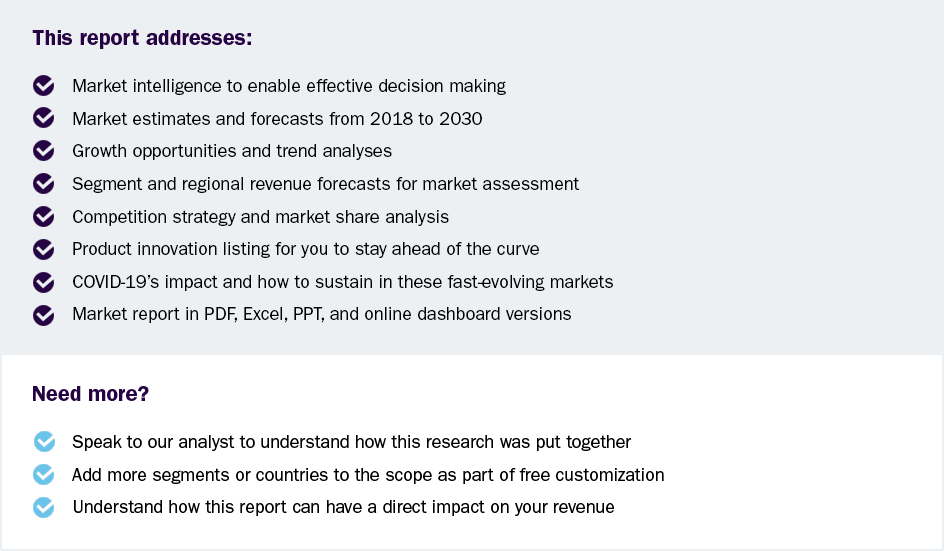Security Automation Market To Reach $22.92 Billion By 2030
Security Automation Market Growth & Trends
The global security automation market size is expected to reach USD 22.92 billion by 2030, growing at a CAGR of 14.0% from 2025 to 2030, according to a new report by Grand View Research, Inc. This growth is driven by increasing cybersecurity threats, technological advancements in AI, ML, and big data, and stringent regulatory compliance requirements. The rising adoption of cloud services necessitates robust security automation, while the proliferation of IoT devices and the demand for endpoint and network security further boost the market. Organizations are increasingly investing in automated security solutions for cost efficiency, operational benefits, and enhanced threat detection and mitigation capabilities.
The increasing integration of security automation with DevOps (DevSecOps) ensures consistent security throughout the software development lifecycle. Automated security solutions enhance incident response capabilities, providing faster detection and mitigation of security breaches. These solutions offer scalability and flexibility, accommodating the expanding needs of organizations and new technologies. Enhanced threat intelligence features provide real-time data on emerging threats, aiding in proactive risk management. Automation reduces human error in security operations, ensuring more accurate threat detection and response. As businesses are digitally transforming, incorporating AI, IoT, and blockchain, the need for automated security measures is becoming essential.
Security automation is bridging gaps by enabling faster threat investigations and responses, eliminating prolonged monitoring processes. It centralizes threat detection and response with precise data, supporting security leaders in maintaining watch. Automation fosters a mature security framework, aligning tools with required security levels and ensuring immediate threat response. Tools such as SOAR, SIEM, and XDR automate workflows and create low-code scripts for targeted threat responses. Integrating AI with security systems enhances automated security measures, enabling advanced face detection and smart malware detection. AI-driven systems predict and prevent new attacks, securing IoT networks and supporting business growth. Thus, applications and tools will become more interconnected, streamlining processes and workflows.
 Request a free sample copy or view report summary: Security Automation Market Report
Request a free sample copy or view report summary: Security Automation Market Report
Security Automation Market Report Highlights
-
Based on solutions, The solutions segment led the market and accounted for over 63% of the global revenue in 2024, SOAR solutions improve threat detection, response, and remediation processes. By automating these functions, organizations can manage and mitigate threats more efficiently and effectively
-
Based on application, the endpoint security segment held the largest revenue share in the security automation market in 2024. The increasing number of connected devices, including smartphones, tablets, laptops, and IoT devices, expands the attack surface that organizations need to protect. Endpoint security solutions help safeguard these devices from various threats
-
Based on code type, the full code segment held the largest market revenue share in 2024. Full code solutions offer greater flexibility and customization, which are essential for addressing complex security challenges and integrating with existing IT infrastructure.
-
Based on vertical, the BFSI segment dominated the market revenue in 2024. Security automation solutions help BFSI organizations enhance their cybersecurity posture, streamline compliance processes, and mitigate risks more effectively
Security Automation Market Segmentation
Grand View Research has segmented the global security automation market report based on offering, deployment mode, application, code, technology, vertical, and region
Security Automation Offering Outlook (Revenue, USD Million, 2017 - 2030)
-
Solutions
-
SOAR
-
SIEM
-
XDR
-
-
Services
-
Professional Services
-
Managed Services
-
Security Automation Deployment Mode Outlook (Revenue, USD Million, 2017 - 2030)
-
Cloud
-
On-premises
Security Automation Application Outlook (Revenue, USD Million, 2017 - 2030)
-
Network Security
-
Intrusion Detection and Prevention System
-
Firewall Management
-
Network Access Control
-
Network Traffic Analysis
-
Others
-
-
Endpoint Security
-
Threat Detection and Prevention
-
Malware Detection and Protection
-
Configuration Management
-
Phishing and Email Protection
-
Others
-
-
Incident Response Management
-
Incident Triage and Escalation
-
Incident Categorization and Prioritization
-
Workflow Orchestration
-
Evidence Gathering
-
Others
-
-
Vulnerability Management
-
Vulnerability Scanning and Assessment
-
Prioritization
-
Vulnerability Remediation and Ticketing
-
Patch Management and Remediation
-
Others
-
-
Identity and Access Management
-
User Provisioning and Deprovisioning
-
Single Sign On (SSO)
-
Multi-Factor Authentication
-
Access Policy Enforcement
-
Others
-
-
Compliance and Policy Management
-
Automated Compliance Auditing
-
Policy Enforcement Automation
-
Regulatory Compliance Reporting
-
Audit Trail Generation
-
Others
-
-
Data Protection and Encryption
-
Encryption Key Management
-
File and Database Encryption
-
Data Loss Prevention
-
-
Others
Security Automation Code Outlook (Revenue, USD Million, 2017 - 2030)
-
Low Code
-
No Code
-
Full Code
Security Automation Technology Outlook (Revenue, USD Million, 2017 - 2030)
-
AI & ML
-
Predictive Analytics
-
Robotic Process Automation (RPA)
-
User & Entity Behaviour Analytics (UEBA)
-
Others
Security Automation Vertical Outlook (Revenue, USD Million, 2017 - 2030)
-
BFSI
-
Manufacturing
-
Media & Entertainment
-
Healthcare & Life Sciences
-
Energy & Utilities
-
Government & Defence
-
Retail & E-commerce
-
IT & ITES
-
Others
Security Automation Regional Outlook (Revenue, USD Million, 2017 - 2030)
-
North America
-
U.S.
-
Canada
-
Mexico
-
-
Europe
-
UK
-
Germany
-
France
-
-
Asia Pacific
-
China
-
India
-
Japan
-
Australia
-
South Korea
-
-
Latin America
-
Brazil
-
-
MEA
-
UAE
-
South Africa
-
KSA
-
List of Key Players of Security Automation Market
-
CyberArk Software Ltd.
-
CrowdStrike
-
Cisco Systems, Inc.
-
Palo Alto Networks
-
IBM Corporation
-
Red Hat, Inc.
-
Secureworks, Inc.
-
Splunk Inc.
-
Swimlane Inc.
-
Tufin

